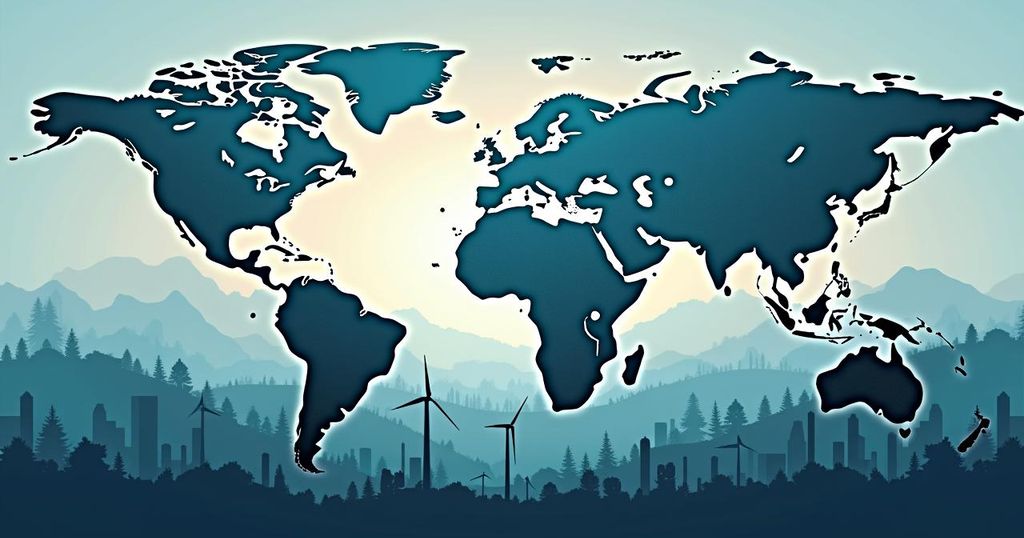China’s Over $100 Billion Investment in Cleantech: A Response to Global Trade Barriers

Chinese companies have invested over $100 billion in overseas cleantech projects since 2023 to bypass tariffs. This investment strategy is driven by China’s significant global market share in sectors such as electric vehicles, lithium batteries, and solar panels. Critics warn that tariffs could hinder climate goals, prompting leading firms to establish new manufacturing sites internationally.
Since the beginning of 2023, Chinese firms have invested over $100 billion in overseas clean technology projects, as revealed by Australian research organization Climate Energy Finance (CEF). Such substantial investments are primarily a strategic response to tariffs that the United States, Canada, and the European Union have imposed on Chinese products. Consequently, these firms seek to establish a more significant presence in international markets where they already dominate key sectors, including electric vehicles, lithium batteries, and solar panels. China’s dominance is reflected in its market shares, with 32.5% of global electric vehicle exports, 24.1% of lithium battery production, and an impressive 78.1% of the solar panel market. However, concerns arise over whether Chinese manufacturers are using excess capacity to undermine global prices, raising alarms among international competitors. In direct response to protective tariffs—100% on electric vehicles from the U.S. and 50% and 25% on solar panels and lithium batteries, respectively—Chinese companies have embarked on significant ventures overseas to establish manufacturing plants. Xuyang Dong, an analyst at CEF, stated, “The investments from Chinese private companies are largely driven by the need to circumvent trade barriers.” Prominent corporations like BYD and CATL exemplify this trend. BYD is developing a $1 billion factory in Turkey, preemptively addressing potential EU tariffs, while CATL is expanding its operations with factories in Germany and Hungary. Looking toward the future, a report from the Grantham Institute anticipates that by 2030, two-thirds of China’s cleantech production capacity will surpass domestic demand, necessitating a stronger focus on exporting. The total solar production capacity is projected to reach 860 gigawatts during this period. Chinese officials have expressed their concerns regarding the impact of tariff increases, asserting that such measures could impede global climate change initiatives. Senior Chinese climate envoy Liu Zhenmin cautioned, “Decoupling from Chinese manufacturing could raise the global energy transition bill by 20%.” The current trade tensions underscore the intricate relationship between the pursuit of global climate objectives and the competitive landscape of the market as China expands its footprint in the cleantech sector.
The ongoing trade tensions between China and Western nations, primarily spurred by tariffs on Chinese goods, have catalyzed significant investment in overseas clean technology by Chinese companies. These investments are strategically aimed at circumventing tariffs that have increased operational costs for Chinese firms in key markets. The investment behavior sheds light on how trade policies can impact global supply chains and the approaches firms take to maintain competitiveness in the burgeoning cleantech sector, which is crucial for global sustainable development.
In conclusion, Chinese firms have significantly ramped up their overseas investments in clean technology, surpassing $100 billion since 2023. This strategic move seeks to bypass unfavorable tariffs while addressing potential domestic overcapacity in cleantech. By expanding their global presence, leading companies such as BYD and CATL counteract tariff challenges and prepare for future international demand, amid warnings from Chinese officials about the global ramifications of decoupling from Chinese manufacturing. The unfolding dynamics reflect the complex interrelationship between trade policy and global climate efforts.
Original Source: esgnews.com




